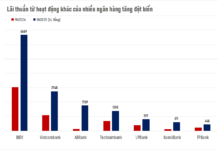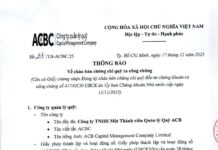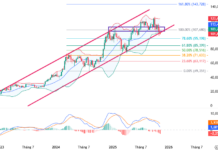The Vietnam Pepper and Spice Association (VPSA) reported that the domestic pepper price averaged 150,000 VND/kg in July 2024, an increase of 82.9% compared to January and over 120% higher than the same period in 2023. However, in the coming days, pepper prices are expected to fluctuate abnormally, coupled with rising sea freight rates, causing concerns for exporting businesses.
The pepper market remains volatile
As of the end of June 2024, Vietnam had exported nearly 143,000 tons of pepper of all kinds, with a total turnover of over 634 million USD. Compared to the same period last year, the export volume of pepper decreased by 6.8%, but the export turnover increased by 30.5%. The average export price of black pepper in the first six months reached 4,365 USD/ton, and white pepper reached 5,983 USD/ton, increasing by 922 USD for black pepper and 1,028 USD for white pepper compared to the previous year. The domestic pepper price in July averaged 150,000 VND/kg, up 82.9% from January and 120.6% from the same period in 2023. On average, black pepper prices in the first seven months of 2024 increased by 66.5% compared to 2023.
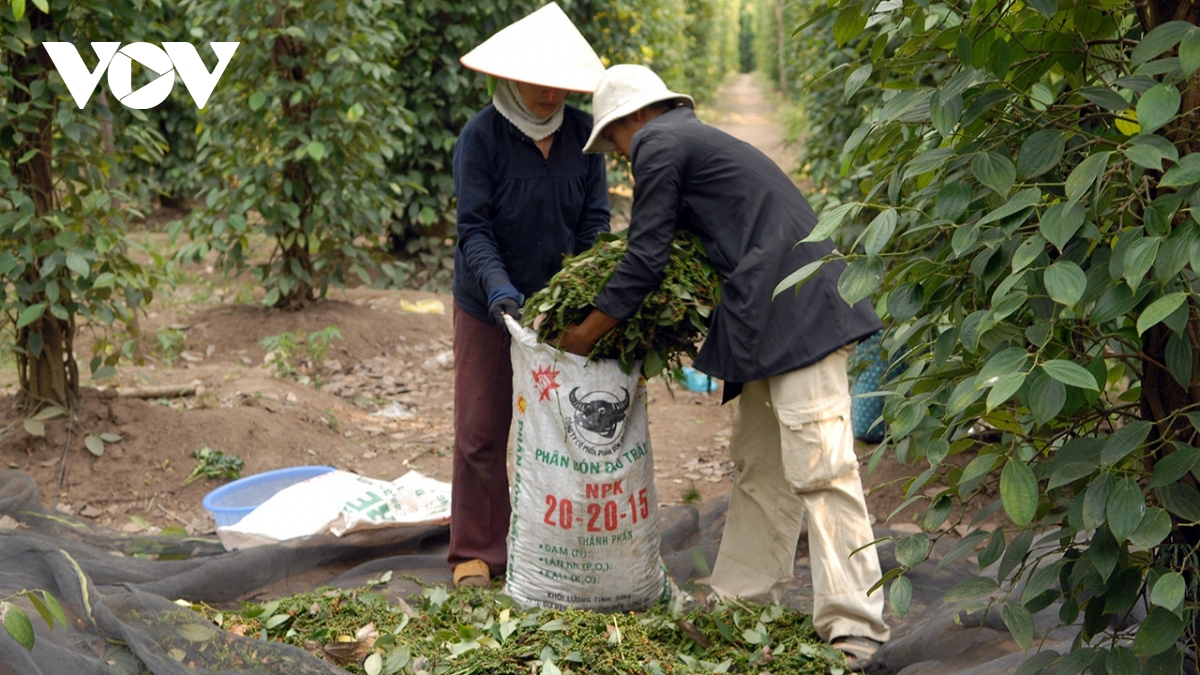
With the current pepper price, farmers’ livelihoods are secured, but exporters are like sitting on a powder keg – Photo: Nguyen Quang
Ms. Hoang Thi Lien, VPSA’s Chairwoman, said that the main reason for the price increase is the shortage of supply due to reduced harvests in Vietnam and Brazil. While the current prices secure farmers’ livelihoods, exporting businesses are facing significant challenges. There are about 30 companies in Vietnam that export pepper. Despite the positive aspects of the industry, prices can fluctuate abnormally within a single day.
The gap between buying and selling prices, coupled with rising sea freight rates and port congestion, which is expected to last until August this year, exposes exporting businesses to risks in fulfilling their export contracts.
“Although we are trying to maintain orders to uphold our reputation with customers, businesses also face issues with costs and profits, as we heavily depend on logistics and freight rates. This is a matter of state management, and the Ministry of Transport is working on it, but a solution is yet to be found,” said Ms. Lien.
Since the beginning of the year, sea freight rates have increased fivefold. Many port businesses predict that, along with the potential shortage of empty containers, sea freight rates may surge to levels seen during the Covid-19 pandemic.
Businesses must be cautious despite positive signs
As of the end of June 2024, Vietnam had exported nearly 143,000 tons of pepper, while the production for the whole of 2024 is estimated at 170,000 tons. This leaves an estimated 27,000 tons of unharvested pepper, plus the carryover stock from the 2023 crop and the estimated 40,000-45,000 tons of pepper imported in 2024 (including unofficial imports). Based on this, it is expected that export volumes from August to the end of the year will be lower than in previous years and will last until March 2025, when the 2025 crop is expected to be harvested, leading to abnormal price fluctuations.
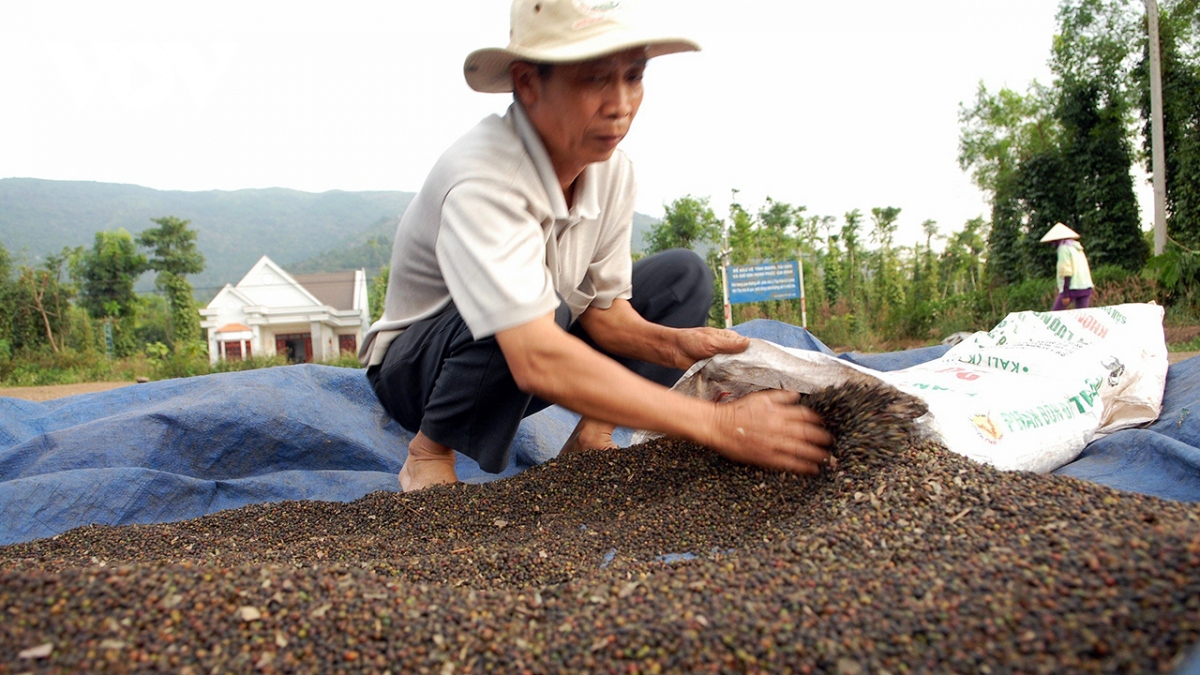
Export volumes from August onwards are expected to be lower than in previous years, until March 2025 when the 2025 crop is harvested – Photo: Nguyen Quang
Mr. Nguyen Nhu Tiep, Director of the Department of Quality Management, Processing and Market Development, Ministry of Agriculture and Rural Development, stated that at this point, the Vietnam Pepper and Spice Association plays a crucial role in guiding the industry, especially in terms of management, production scale, and trade balance.
“The reality of rising rice prices causing some businesses to go bankrupt illustrates that we should not be too quick to rejoice just because global selling prices are increasing. The pepper industry faces similar challenges, and whether prices rise or fall, we must be prepared for change. The important thing is not how much prices fluctuate but rather the difference between production costs and selling prices,” analyzed Mr. Tiep.
Vietnam dominates the global pepper and spice market. To guide the development of this industry, the Ministry of Agriculture and Rural Development is working with the Vietnam Pepper and Spice Association to establish diverse standards and certifications for pepper-related products. This will contribute to the stable growth of the industry.





